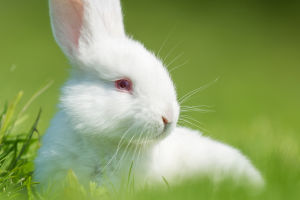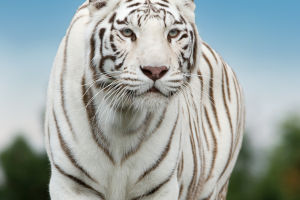Egrets are common and beautiful water birds. With a white body, black feet, and a long, pointed beak, egrets can move quickly through the water or along the shore. They are common birds in lakes, rivers, coasts, and other waters.
1. Egret's habitat
Egrets are carnivorous, feeding mainly on fish, crustaceans, and amphibians. They often feed at the water's edge or in shallow water, using their long beaks to search for prey in the water. Egrets also use their claws to forage insects and other small animals in grassy areas.
They will search for prey in the water or on the shore, and then use their long beaks to catch the prey and swallow it. Egrets are also typical roosting birds, often choosing to roost in waters such as lakes, rivers, and coasts, especially coastal areas, where food resources are abundant.
The breeding season for egrets is usually in the spring when they nest and breed in woods or grasses at the edges of waters. Egret nests are built of twigs and grasses, usually very rough, but strong enough. The nest is usually in the canopy to avoid being attacked by natural predators.
The female usually lays 2-5 eggs, and the male and female take turns incubating the eggs for 20-25 days. After the young are born, they stay in the nest until they are 6-7 weeks old, after which they begin to learn to fly and forage for food in preparation for leaving the nest.
Egrets are migratory birds that usually leave their breeding areas in the fall or winter and migrate south or away from the north. They will seek out suitable wintering sites on their migration and spend the entire winter there. When spring arrives, egrets will restart their migration and return to their breeding areas to breed.
During the breeding season, some egrets form large colonies to help protect their territories and breeding areas. When egrets are feeding, they are also often seen in groups, foraging together in the water.
2. Distribution of egrets
Egrets are widely distributed, and they are mainly found in lakes, rivers, coasts, and other waters. Egrets are very common in Asian countries such as Japan and Korea.
In some areas, egrets are often regarded as lucky birds and are often used to symbolize good things.
3. Conservation of egrets
Egret populations are now threatened.
The habitat of egrets is mainly lakes, rivers, coasts, and other waters, and these areas are being constantly disturbed by human activities, such as water pollution, wetland development, and river modification. These activities have had a significant impact on the egret's habitat, resulting in a gradual decline in its population.


